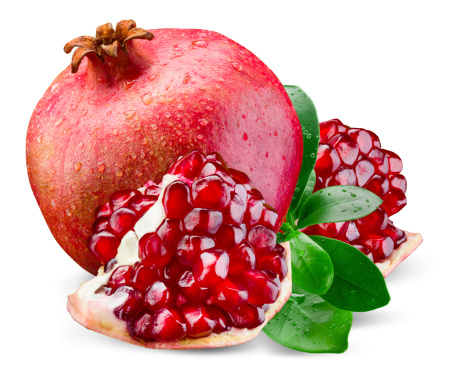
A new year brings an opportunity to reflect on and reevaluate our lives. When you’re a registered dietitian/nutritionist, it’s also time to review food trends for 2017. That’s why I look forward to the annual “What’s Trending in Nutrition,” a survey from Pollock Communications based on interviews with thousands of registered dietitians.
Here’s the survey’s list of “Top 10 Superfoods” for 2017:
| 1 | Seeds, such as chia and hemp | 6 | Kale |
| 2 | Avocados | 7 | Green tea |
| 3 | Nuts, such as almonds and walnuts | 8 | Coconut products |
| 4 | Fermented foods, such as yogurt | 9 | Exotic fruits |
| 5 | Ancient grains | 10 | Salmon |
With lists such as these I always wonder if people understand that a “superfood” may fall in and out of favor. That doesn’t make it any less a superfood.
In my work at the Children’s Evaluation and Rehabilitation Center, I have to balance superfood trends against factors such as cost. Ancient grains, such as quinoa and spelt, are terrific foods, but they’re far more expensive than some traditional whole grains.
Super substitutes for superfoods
Salmon deserves to be considered a superfood due to its healthful protein and omega-3 fats. But the subject of fish can also get political and elitist, such as when experts recommend only wild salmon. Farmed salmon actually has more omega-3 fats than wild at about one-third the price.
Even so, fresh salmon―farmed or wild―is often beyond the reach of my patients. What’s the solution? Well, canned salmon is wild, far cheaper (because it’s a variety that is paler in color, not the traditional bright coral, and therefore less marketable) and just as good. Plus, salmon doesn’t have the mercury issues associated with some forms of tuna, so you can have it more often.
As for “exotic fruits,” such as dragon fruit and horned melons, these are nutritious, a nice option to have and good for adding variety to your diet, though often too costly for people receiving food subsidies or families with tight food budgets. I cannot in good conscience advise these families to pay five to seven dollars for a single-serving piece of fruit. I tell them instead that the best and most-nutritious fruit for their kids is the one the children will eat. I want to see them adopt as much food variety as possible while keeping within their budgets. Winter fruits such as pomegranates and Sharon fruits (aka fuyu persimmons) are far more affordable, supernutritious and loaded with antioxidants—and have colors that attract kids.
You’ll notice fermented foods on the list above. Yogurt has always been fermented food; Greek yogurt takes it a step further, and I couldn’t be happier. Of course, for adults, beer and wine are also fermented foods, but they need to be consumed more modestly. There are also drinks such as kombucha and foods such as Korean kimchee that are nice additions to a diet and can add some variety and taste, along with some healthful probiotics (good bacteria) for our colons.
Not-so-super food trends
Coconut products: I see no science to recommend coconut products in particular. Coconut water is loaded with potassium and lower in calories than most fruit juices, so that’s good, but coconut oil is essentially solid saturated fat and not something most people need more of in their diets. Coconut milk, like many of the other alternative milks such as almond, rice and cashew, cannot hold a candle to the nutrition of good old regular cow’s milk, and they’re all more expensive.
Kale’s downfall: It certainly is a superfood, but I recently read an interview with an editor of a popular “foodie” magazine who said she was “over” kale. Fine, but it’s just as nutritious as when she was really into kale. Plus, kale remains economical, unless you are using either the hybrid varieties, such as the tender “dinosaur” kale, or the processed stuff, such as kale chips.
The trends I’d most LIKE to see
More family meals, without electronic/digital distractions: There’s no substitute for family mealtime. A regular routine tells your kids they’re more important to you than anything else. Parents can model good behaviors and eating habits. It’s also an opportunity to reinforce what kids are doing well. Not eating a family meal together is a missed opportunity.
Kids who are more physical and less digital: We have a huge obesity problem among both kids and adults, and it has paralleled the increase in kids’ sedentary recreational activities. “The device that does everything” has made it possible for kids to be connected with their friends without ever leaving their homes, their rooms or even their beds. Physical activity―whether organized and structured or just age-appropriate recreational play―has no substitute. Kids with hyperactivity disorders or even those who just have a faster “idle” speed might especially benefit from high-energy activities, such as shooting hoops or running around a playground. The key word is “daily.”
I tell my patients that bodies are not trends and those bodies need certain things every day: good food, enough rest and regular activity. Just as there are many ways up a mountain, food trends are suggested ways to reach the goal of good health. Like those paths, these trends should always point upward.

